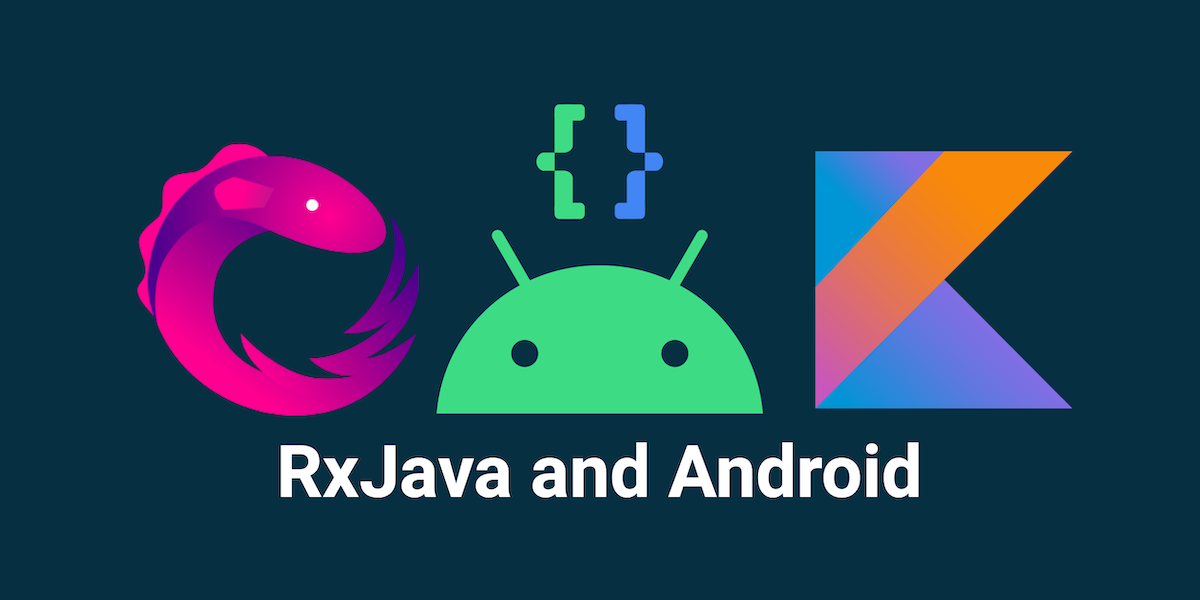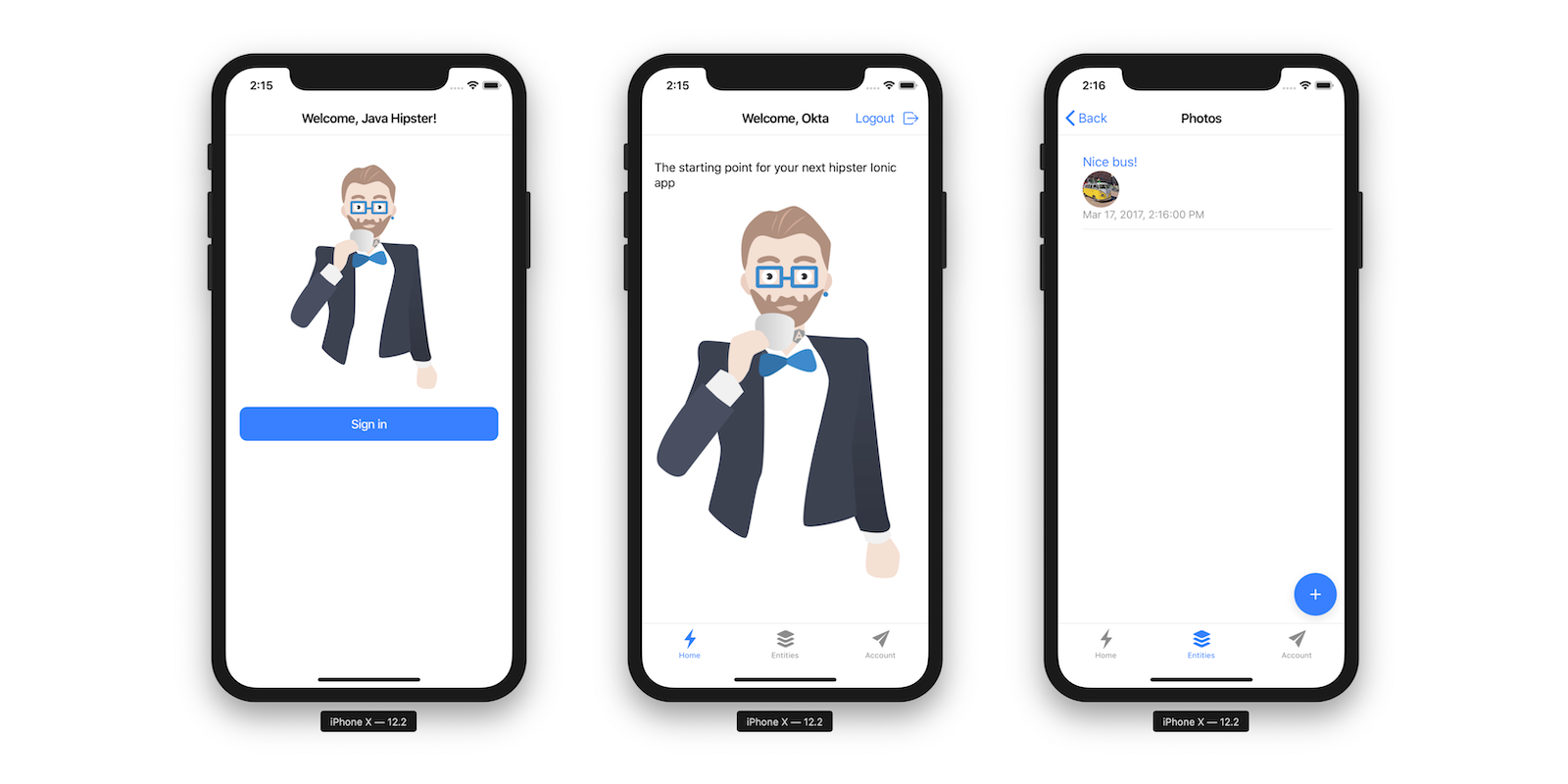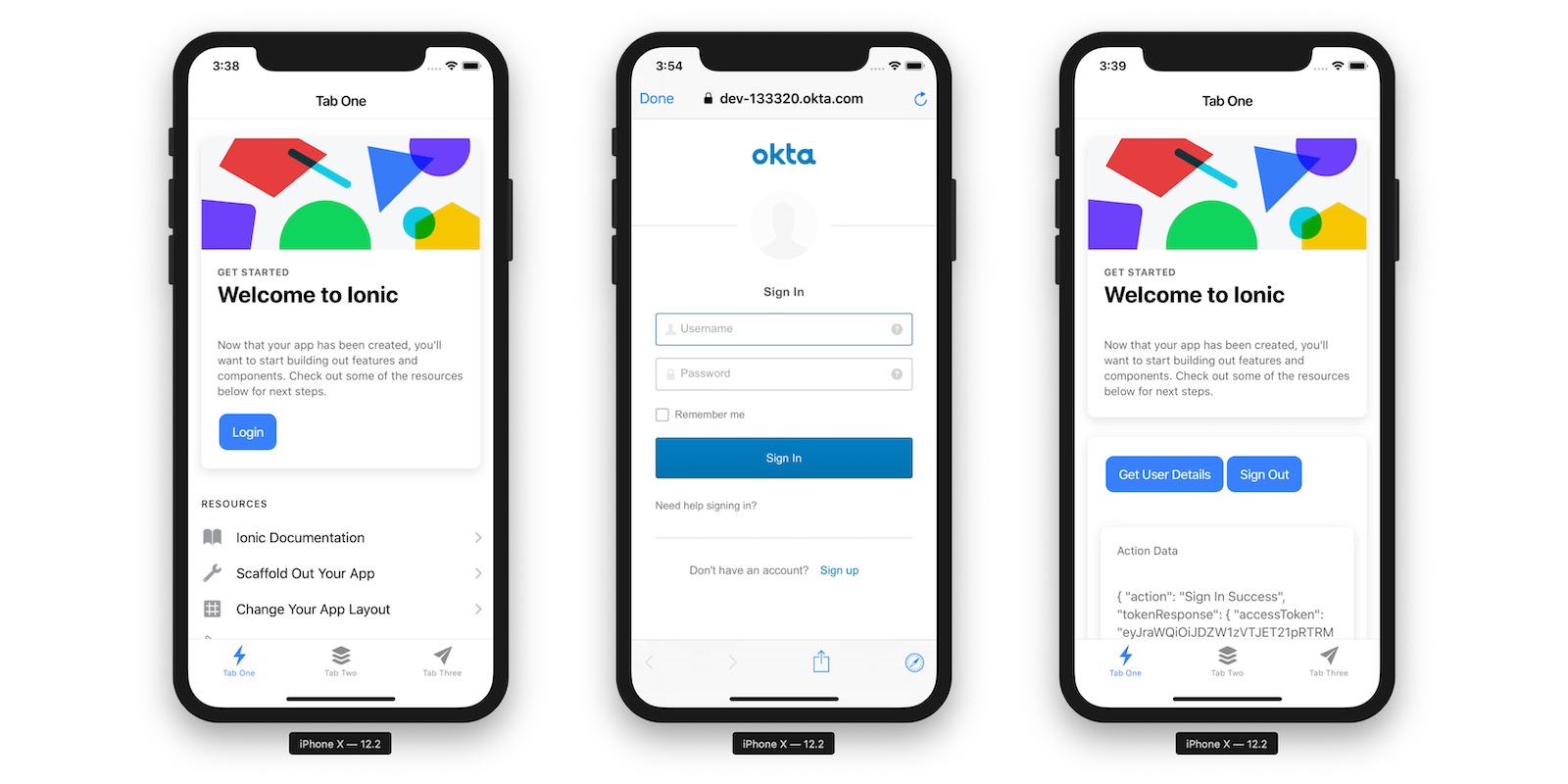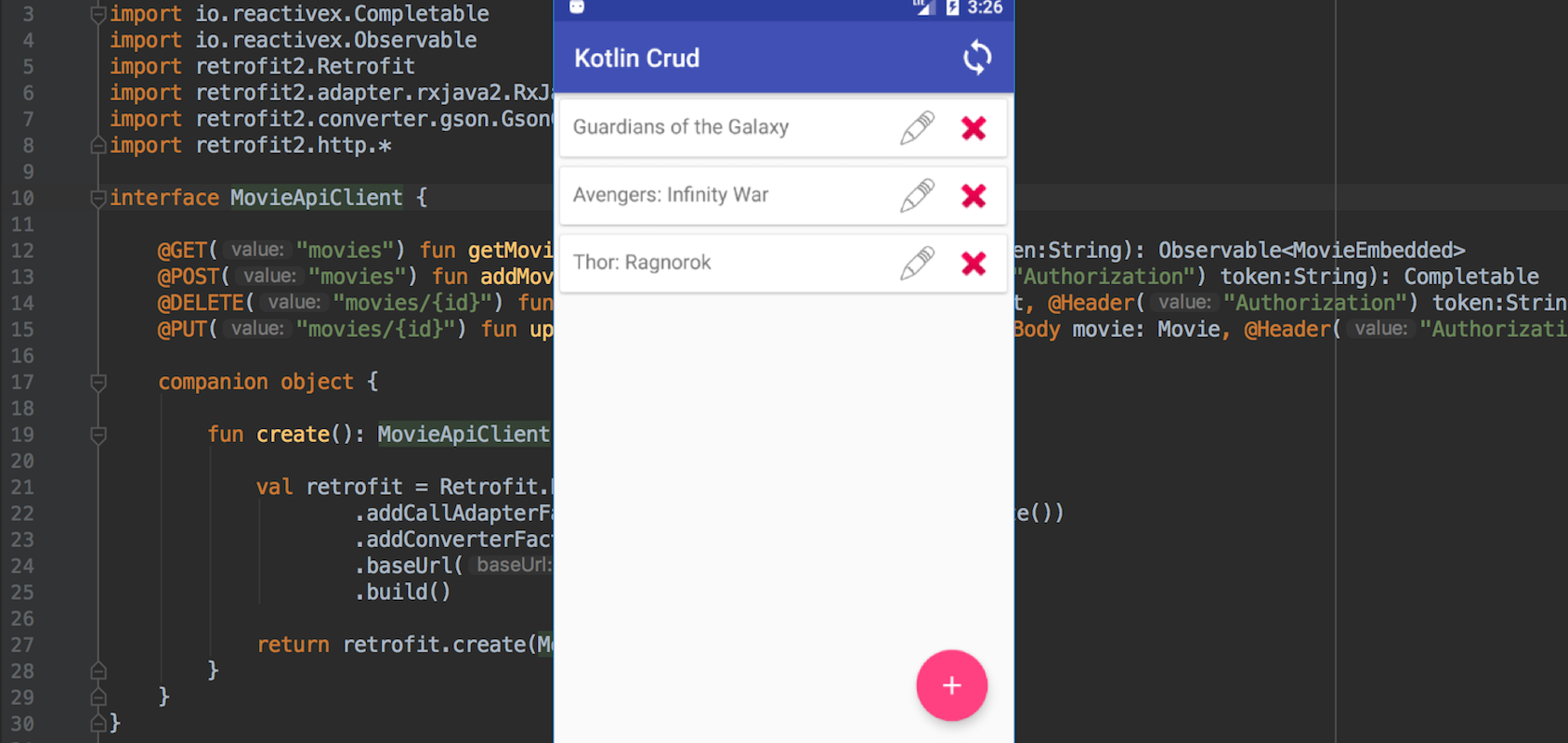Articles tagged android
Build an Android App with RxJava and Kotlin

Modern-day mobile apps do so much. They communicate with different back-ends via network APIs. They store and retrieve data from the local database, do heavy media processing, and communicate with web sockets. It’s hard to keep track of all the information from different asynchronous data sources, especially knowing that the users are accustomed to constantly having a fluid experience with the apps they use. In the early days of Android, developers used the class AsyncTask...
Android Login Made Easy with OIDC

Having a dedicated part of a mobile app for authorized users is a must for a modern-day app. Users want to have a personalized experience with the apps they love. They expect to seamlessly use services on different devices and platforms. And, most of all, they want to be sure that their personal data is secure. Implementing a secure login process on Android can be challenging to achieve since many different moving parts need to...
Build an Android Application with Authentication

With mobile apps becoming ever-present in users' lives, following best security practices has become essential in protecting your users and your apps. Implementing security alone and from the ground up can be costly for your development team, create a less-than-ideal user experience, and be susceptible to design/implementation errors. The easiest path to strong security, and a positive user experience, is to turn to the experts. The Okta OIDC SDK can help with this in many...
Get Familiar with Android and Gradle

Interested in Android development? Then you should get familiar with Gradle, the only Android development build system that Google officially supports. Gradle manages all aspects of the Android development process, making it easy to: Compile your code Solve dependency trees and conflicts between libraries Merge your code and resources with those of your libraries Cache resources for compilation performance Connect it all to the Android SDK Finally packaging it into the right format with the...
Build Mobile Apps with Angular, Ionic 4, and Spring Boot

I’m a big fan of Ionic. I started using it several years ago when it was based on AngularJS. As a developer, I really liked it because I knew Angular. I found didn’t have to learn much more to be a productive developer with Ionic. What is Ionic? I’m glad you asked! Ionic is an open source project that allows you to build mobile apps using web tech. Technically, this is called a "hybrid" app...
Tutorial: User Login and Registration in Ionic 4

Ionic allows you to develop PWAs and hybrid mobile apps. PWAs are web applications that run in a browser and allow for offline capabilities via service workers. They can be installed on desktops and mobile devices, just like you install apps on your smartphone. Hybrid mobile apps are like native mobile apps, except they’re built using web technologies. Ionic 2 was based on AngularJS. Ionic 3 was based on Angular. Ionic 4 allows you to...
Build Login in Xamarin with Xamarin.Forms

Chuck Norris could easily make a single app run on all of the platforms iOS, Android, and Windows - without any frameworks or tools. Most of the rest of us could probably do with some help. Happily, Xamarin Forms is the perfect tool for the job, and makes it a breeze to create an app! With Xamarin Forms your app will run on all three platforms from a single codebase. Xamarin Forms comes free with...
Build an iOS App with React Native and Publish it to the App Store

Apple’s App Store is the holy grail for mobile developers. With React Native you can develop native apps for Android and iOS using a single code-base but getting things ready for publishing can be tricky, especially if you are starting with an originally Android-only application. Here you’ll be starting with the code from a previous monster Okta blog post designing and publishing a calculator-like app on the Android Play store, which includes authentication via Okta....
Build a Basic Android App with Xamarin and Visual Studio

Are you a .NET developer that has always wanted to make a mobile application? Or maybe you have tried building native mobile apps with Android or iOS but didn’t like the languages? Well then, you are in luck! The .NET world has been blessed with Xamarin; a set of tools that lets you build mobile apps for Android, iOS, and Windows within Visual Studio. Xamarin has two main flavors: Xamarin platform (Xamarin.iOS and Xamarin.Android) and...
Design and Develop an Android App with React Native and Publish to Google Play Store

As mobile app usage is expected to continue to grow, now is as good a time as any to get into the market. Android is by far the most popular OS worldwide and the dominant way to get Android apps to phone users is the Google Play Store. In this tutorial, you’ll build a React Native app and I’ll walk you through everything from how to pick a design, as well as setting up your...
Build and Test a React Native App with TypeScript and OAuth 2.0

React Native is one of the most popular ways of creating mobile apps. Building on the success of React, it ties together native components for both Android and iOS using a shared JavaScript code-base. However, JavaScript has come under fire recently for not being type safe which can lead to a loss of developer trust. Enter TypeScript, which allows type annotations to be added to existing JavaScript code. One requirement of many mobile apps is...
Build a Basic CRUD App in Android with Kotlin

Kotlin was recently given official Android support status by Google, but it remains difficult to understand for many developers. The best way to start is by creating a complete app yourself, which you’ll do in this tutorial. In this tutorial, you’ll use Spring Boot for the API that powers your Android (+ Kotlin) mobile app. Spring Boot is a great way to create a robust REST API with a minimal amount of code. I’m going...
Create a Basic Android App without an IDE
Virtually every Android tutorial uses Android Studio to create and develop an app. This isn’t great for learning since you don’t see how things work, namely The components that make up an Android Studio project How builds are setup and configured What parts comprise the source Software development is about files and in this tutorial we’re going to go through every file in a basic Android project – first by examining what Android Studio outputs...
Use Ionic for JHipster to Create Mobile Apps with OIDC Authentication
We 💙 Ionic, JHipster, and Java here at Okta. Ionic is a framework for building native mobile apps using web technologies. Technically, this is called a “hybrid” app because it’s not using native SDKs. Hybrid mobile apps are distributed just like native apps: they can be installed on mobile devices, and they’re listed in app stores. As an end user, there’s a good chance you can’t tell the difference between a hybrid mobile app and...
Build an App for iOS and Android with Xamarin
Xamarin is a cross-platform technology that makes it possible to build native applications for Android and iOS using a single, shared codebase. Like other technologies such as React Native and NativeScript, it allows development teams to spend less time writing code for both platforms. Xamarin is open-source (and free). Under the hood, it uses Mono (a version of the Microsoft .NET runtime), so Xamarin apps are usually written in C#. You can build Xamarin apps...
Build an Ionic App with User Authentication
With Okta and OpenID Connect (OIDC) you can easily integrate authentication into an Ionic application, and never have to build it yourself again. OIDC allows you to authenticate directly against the Okta API, and this article shows you how to do just that in an Ionic application. I’ll demo how to log in with OIDC redirect, using Okta’s Auth SDK as well as how to use OAuth with Cordova’s in-app browser; user registration is omitted...
Tutorial: Develop a Mobile App With Ionic and Spring Boot
You already know that building APIs with Spring Boot is incredibly easy. But, your API isn’t complete without a UI, right? Well, building UIs with Ionic is pretty easy too, especially if you know Angular! Ionic is an open source framework designed to help you build mobile applications with web technologies. It started out as a framework based on AngularJS. Ionic 3.0 was recently released, with support for Angular 4, TypeScript 2.2, and lazy loading....
Android Unit Testing Part IV: Mocking
This is the third of a four part series on Android Unit Testing. In the last two articles I discussed the general principles of having good tests and the way to run Android tests on JVM making them fast and how to make your code less coupled. This article will explain how to make tests isolated. We need to mock a dependency, inject it, and then modify our test to indicate that we are not...
Android Unit Testing Part III: Disintegration
This is the third of a four part series on Android Unit Testing. In the last two articles I discussed the general principles of having good tests and the way to run Android tests on JVM making them fast. This part will show how to make your Android code less heavily coupled. This is a preparation step to ensure that your tests are isolated from each other. We want to test each unit of work...
Android Unit Testing Part II: Escaping Dalvik's Hold
This is the second of a four part series on Android Unit Testing. In these posts, we’ll walk through the key steps engineers should take to make Android test fast by running them on JVM (versus running them on emulator). For background information on the importance of Android testing, visit Part I of the series. It appears that the need to run tests on an Android device or an emulator has concerned Android engineers for...